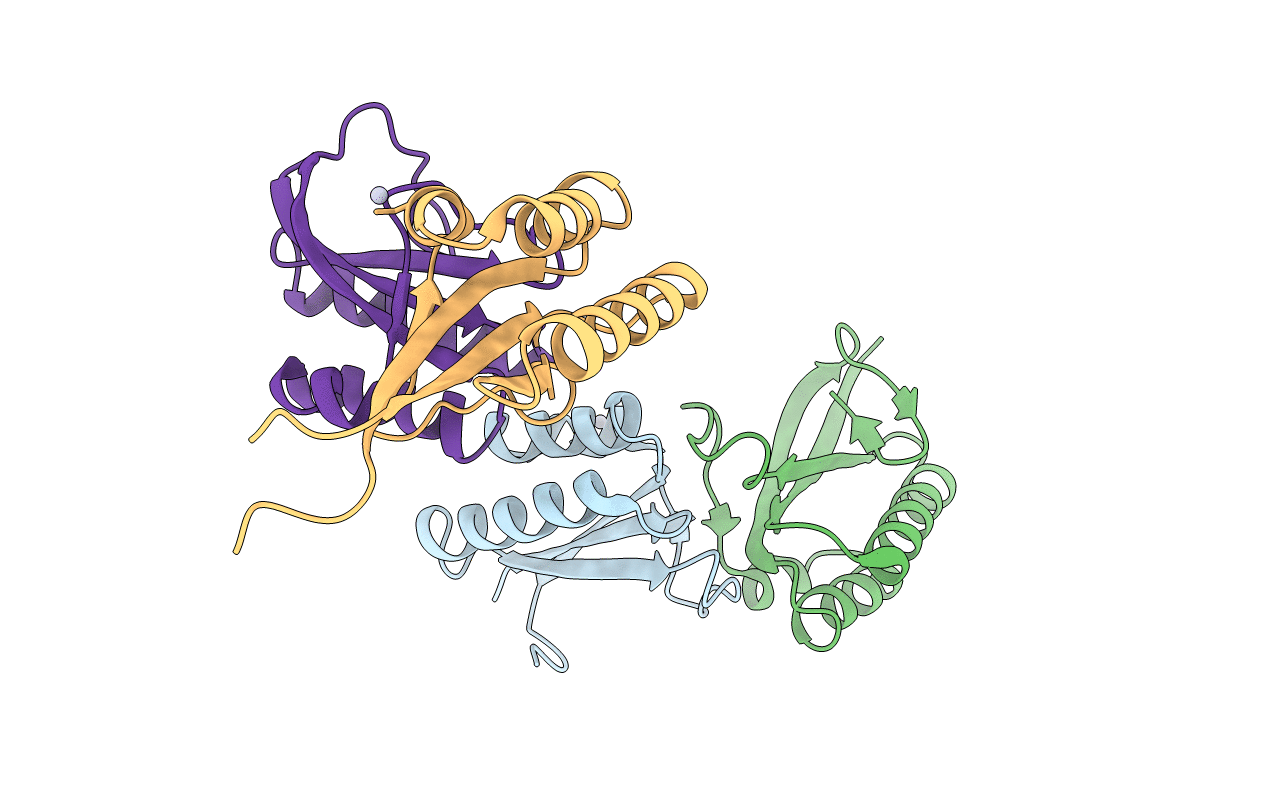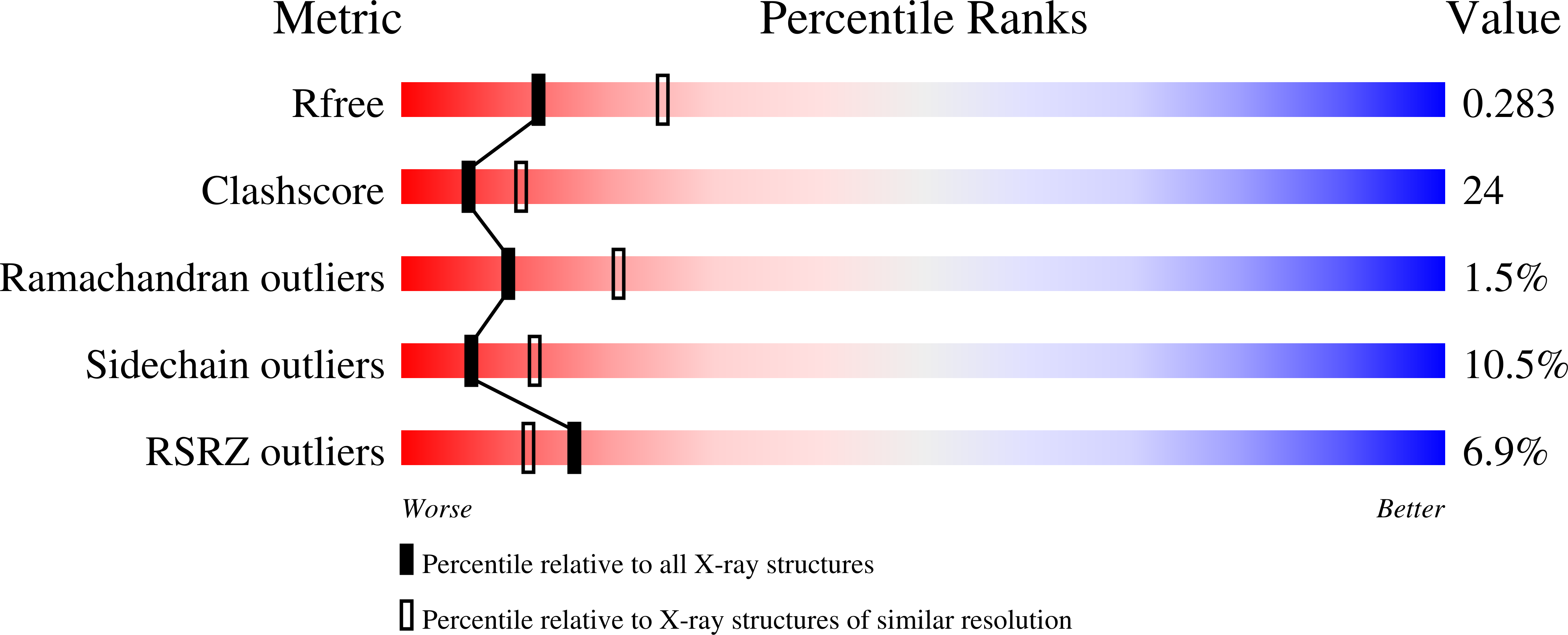
Deposition Date
2004-04-27
Release Date
2005-08-16
Last Version Date
2023-12-27
Entry Detail
PDB ID:
1VGL
Keywords:
Title:
Crystal structure of tetrameric KaiB from T.elongatus BP-1
Biological Source:
Source Organism:
Thermosynechococcus elongatus BP-1 (Taxon ID: 197221)
Host Organism:
Method Details:
Experimental Method:
Resolution:
2.60 Å
R-Value Free:
0.28
R-Value Work:
0.22
R-Value Observed:
0.23
Space Group:
P 1 2 1


